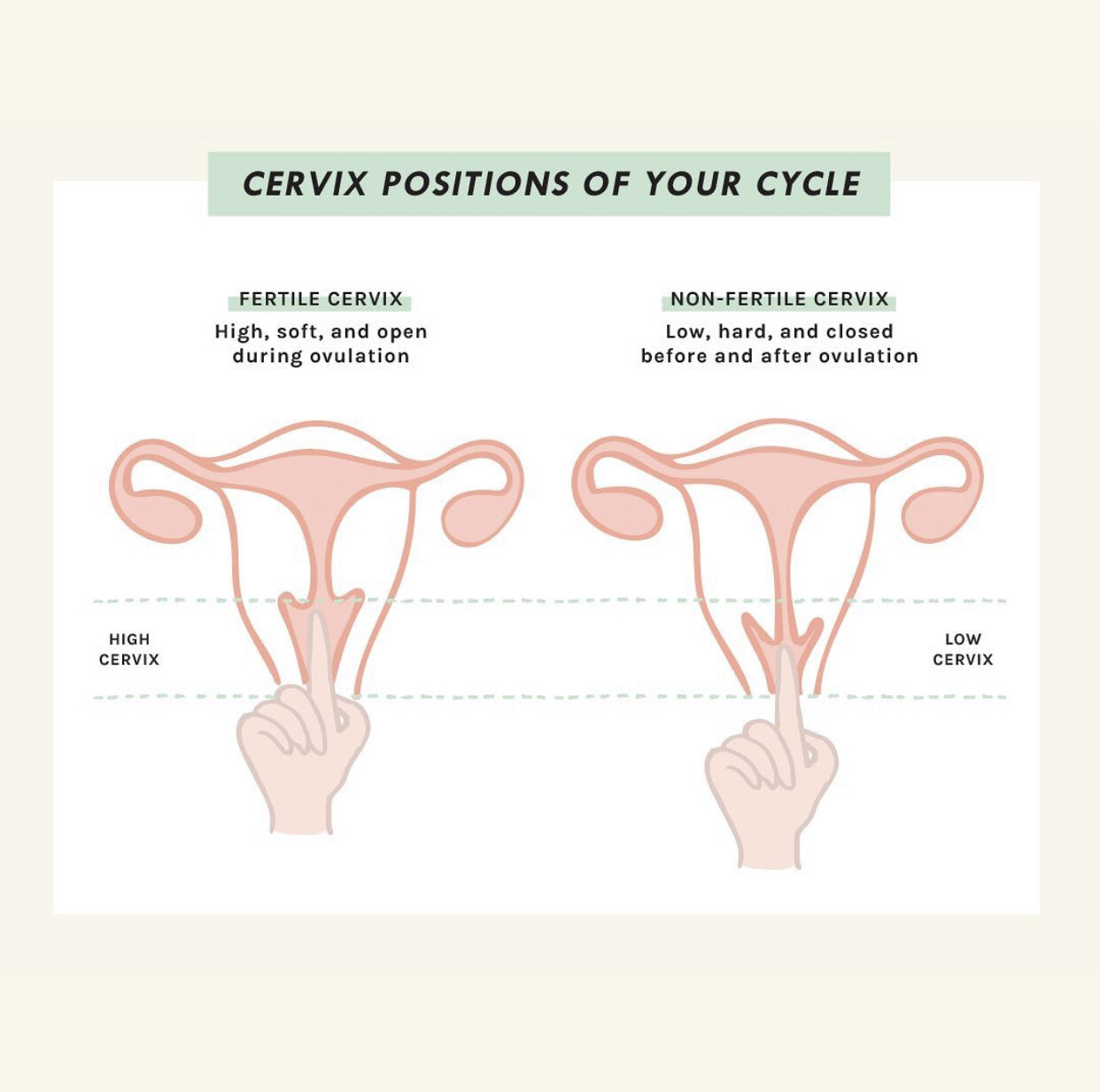FLO
AKA period, bleed, menses, menstruation, and so on…
This is your period. It will go for 3 - 7 days with 5 being the average. It will vary in flo (light, medium, or heavy) and you will probably experience all three measures within each cycle.
The first day of flo is considered cycle day (CD) 1.
To work out your cycle length record your next three cycles. Day 1 being the first day of full flo (not spotting) to the day before your next cycle begins.
So what actually happens when you have your period?
Your period is your uterine lining shedding. It was thickened by multiple hormones to nurture an embryo, but because you didn’t fall pregnant, it sheds through the cervix and gets ready for the next month.
The cervix
The cervix is a cylinder-shaped neck of tissue that connects the vagina and uterus. Located at the lowermost portion of the uterus, the cervix is composed primarily of fibromuscular tissue.
Now, this guy is pretty cool. Your cervix moves up and down, becomes hard, goes soft, and opens/closes the entrance into the uterus depending on where you are in your cycle. Not only that but as you approach the time of birth, your contractions draw the cervix up into the body of the uterus, and it becomes thinner (called effacement) and opens (called dilation). When the cervix is fully dilated (about ten centimeters), contractions help the baby begin to move from the uterus into the vagina. Pretty impressive.
Check out our body talks blog for more interesting details on the reproductive system.

